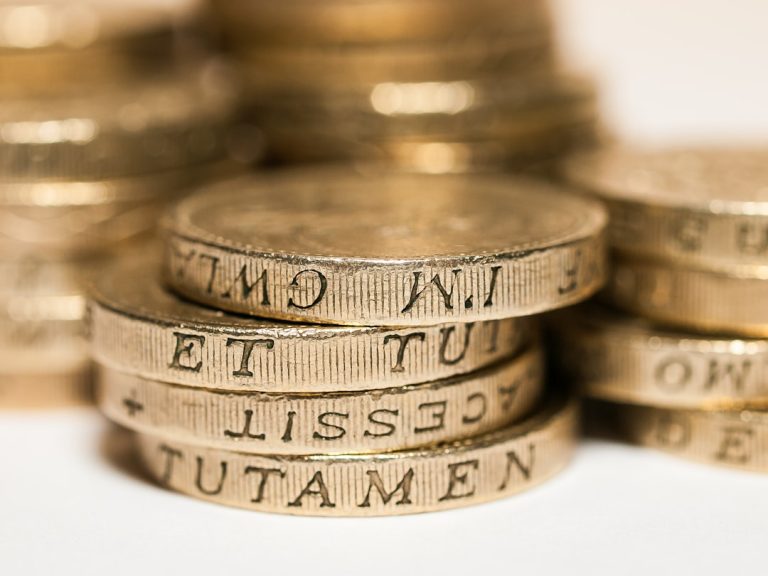Meta Description: Learn how to create a robust emergency fund to secure your personal finances and prepare for life’s unexpected challenges.
Financial wellness is a cornerstone of a stable and fulfilling life. Among the various personal finance tips, building an emergency fund stands out as a fundamental strategy to safeguard your financial future. Whether you’re facing unexpected medical bills, car troubles, or job loss, having a dedicated savings buffer can provide peace of mind and financial security.
What is an Emergency Fund?
An emergency fund is a stash of money set aside to cover unforeseen expenses or financial emergencies. This fund acts as a safety net, ensuring that you can handle sudden financial challenges without derailing your long-term financial goals. Think of it as your personal financial cushion, offering immediate relief in times of crisis.
Why an Emergency Fund Matters
Protecting Against Financial Shocks
Financial emergencies can be broadly categorized into two types:
Spending Shocks: Unplanned expenses like a broken windshield or a dental emergency can strain your finances. A well-funded emergency account can cover these costs without disrupting your budget.
Income Shocks: Unexpected loss of income, such as job loss or reduced work hours, can significantly impact your ability to meet financial obligations. An emergency fund covering three to six months of living expenses can help you navigate these difficult times.
Enhancing Financial Stability
Having an emergency fund enhances your overall financial stability. It prevents you from relying on high-interest debt options like credit cards or payday loans during emergencies, thereby maintaining your financial health and credit score.
Steps to Build Your Emergency Fund
1. Assess Your Monthly Expenses
Start by calculating your total monthly expenses, including both fixed and variable costs. Fixed expenses are consistent each month, such as rent or mortgage payments, while variable expenses can fluctuate, like groceries or entertainment. Understanding your monthly spending is crucial for setting realistic savings goals.
2. Determine Your Savings Goals
Based on your expenses, set specific savings targets:
For Spending Shocks: Aim to save at least half of your monthly expenses.
For Income Shocks: Strive to accumulate three to six months’ worth of living expenses.
Use these benchmarks to guide your savings strategy and ensure you’re adequately prepared for different types of emergencies.
3. Choose the Right Budgeting Method
Incorporate your savings goals into your budget by adopting a budgeting method that works for you. Whether it’s the envelope system, zero-based budgeting, or another strategy, the key is to consistently allocate funds towards your emergency savings each month.
4. Select Appropriate Savings Accounts
Choose a savings account that offers easy access to your funds while providing potential growth through interest. Options include:
Cash Management Accounts: These accounts offer higher yields and FDIC coverage while keeping your funds accessible.
Money Market Funds: Ideal for those seeking low-risk investments with better returns than traditional savings accounts.
Certificates of Deposit (CDs): Suitable if you don’t need immediate access to your funds and prefer a fixed interest rate.
5. Start Saving Immediately
The sooner you begin saving, the more you benefit from compounding interest. Even small contributions can grow significantly over time, enhancing your financial resilience.
6. Use and Replenish Your Fund Wisely
Only use your emergency fund for genuine emergencies. After utilizing the funds, prioritize replenishing your account to ensure you’re prepared for future unforeseen events.
Maximizing Your Savings
Leverage Personal Finance Tools
Utilize budgeting tools and calculators to track your expenses and monitor your savings progress. These tools can help you stay disciplined and make informed financial decisions.
Stay Committed to Your Goals
Building an emergency fund requires discipline and consistency. Regularly review your financial plan, adjust your savings contributions as needed, and stay focused on your long-term financial wellness.
Conclusion
Building an emergency fund is one of the most effective personal finance tips to ensure financial stability and peace of mind. By following these essential strategies, you can create a robust safety net to protect yourself against life’s unexpected challenges and secure your financial future.
Ready to take control of your financial wellness? Visit Oriel IPO today to explore innovative investment opportunities and further strengthen your financial foundation.



